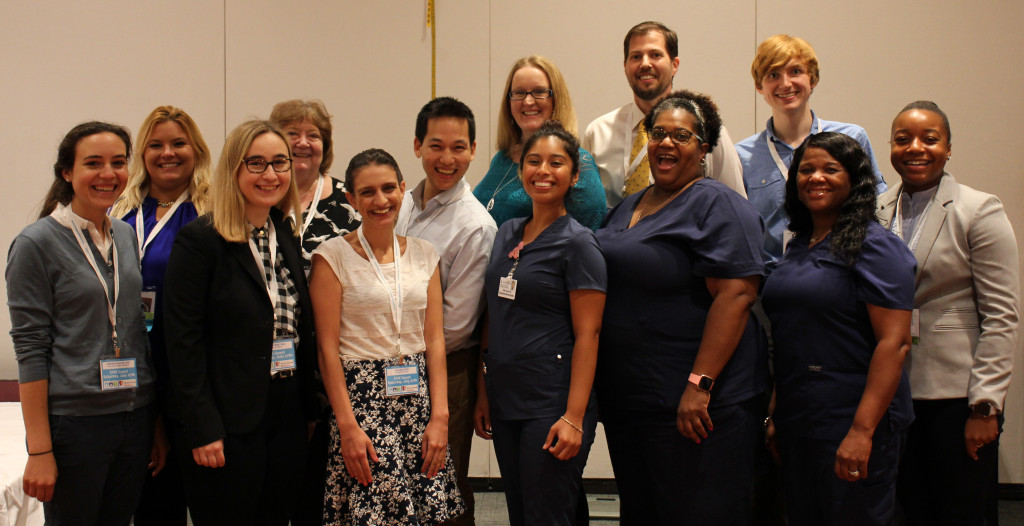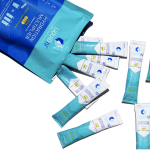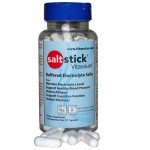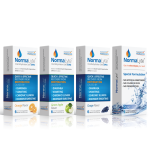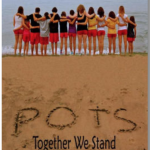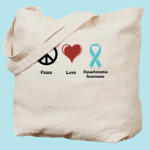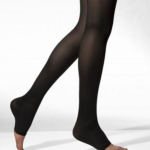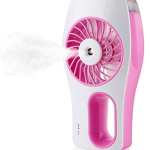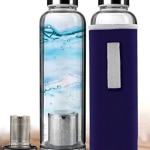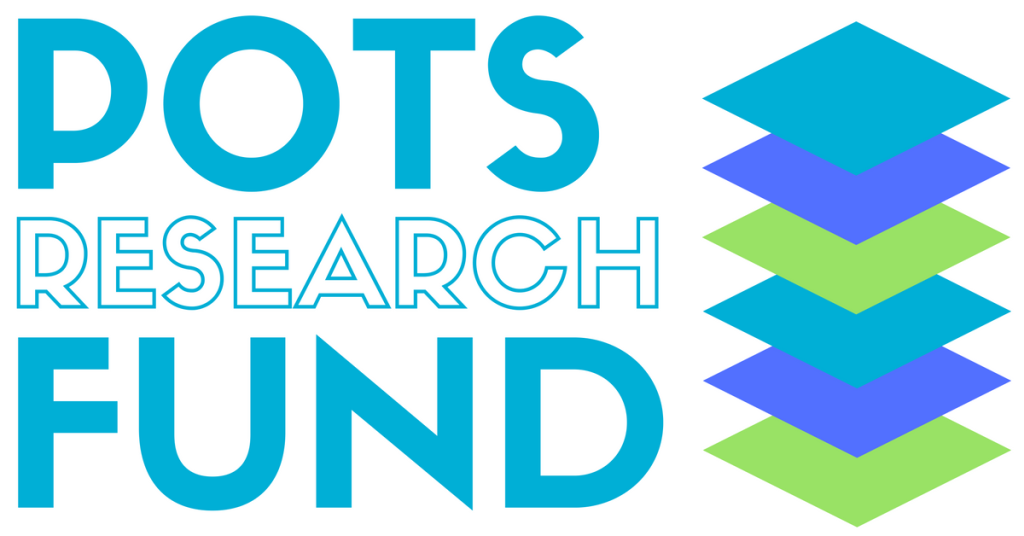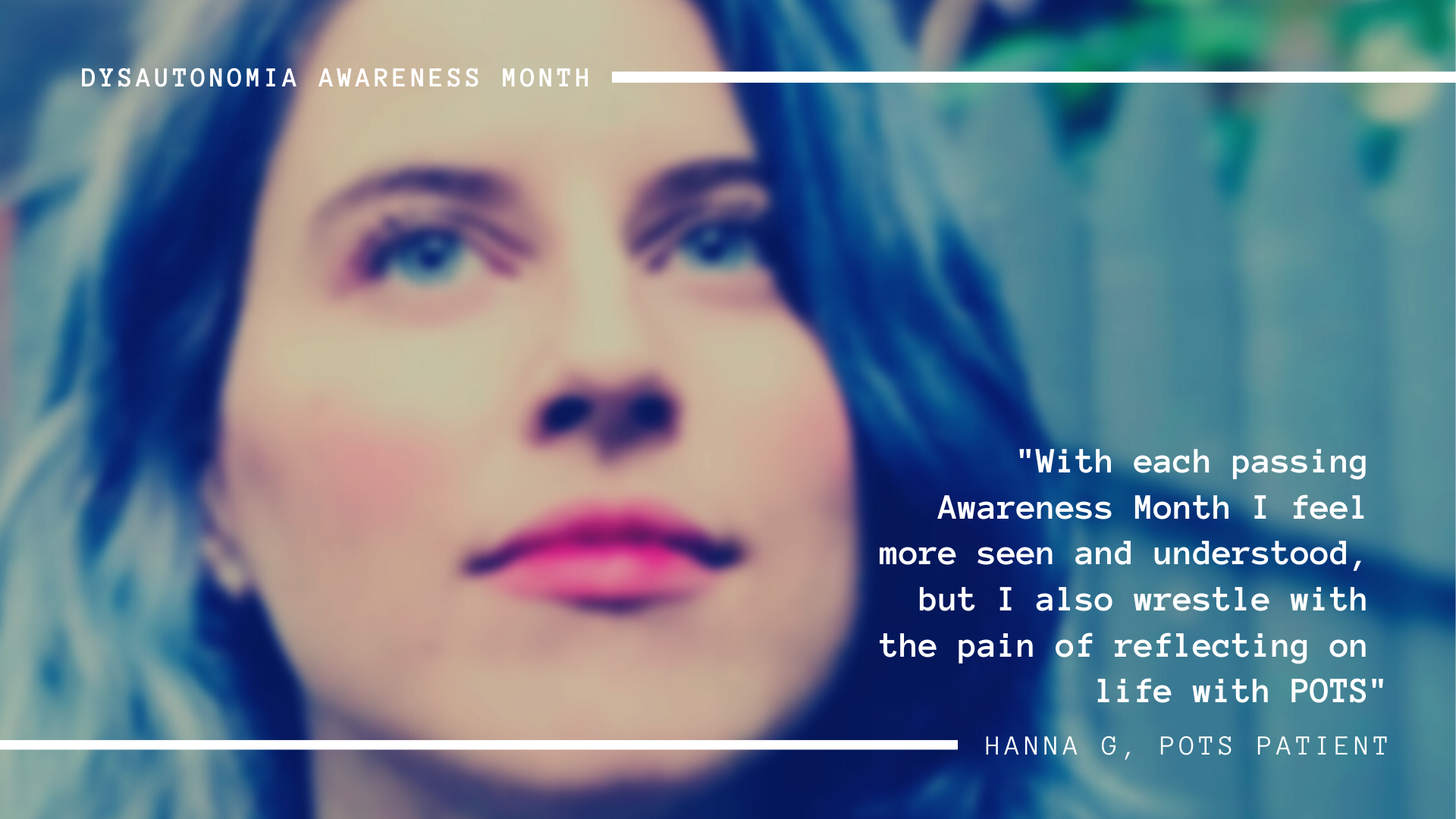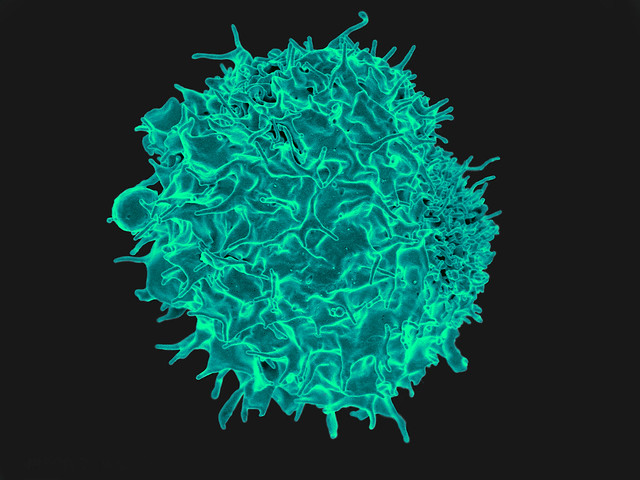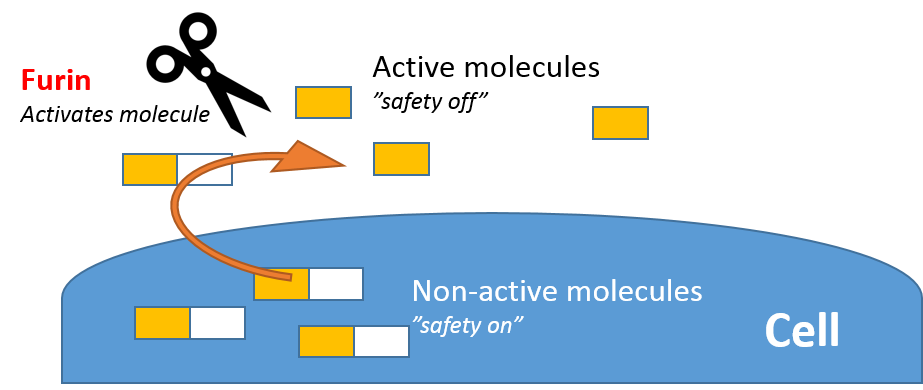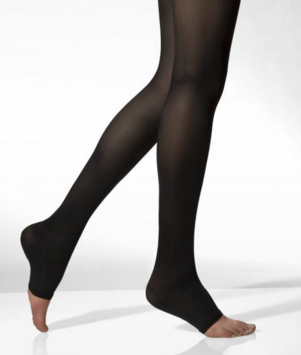We asked our Medical Advisory Board, which includes many of the leading dysautonomia experts, to answer some questions from our patient community for Heart Month.

What is cardiac arrest?
A cardiac arrest is a condition in which the heart is not able to deliver blood to the brain and body. This can be due to multiple causes, but is most often due to an irregular heart beat (an arrhythmia that is either very fast or very slow) that makes it impossible for the brain to get enough blood and the patient becomes unconscious. When it is due to an extremely fast rhythm called ventricular fibrillation, this is often referred to as “sudden cardiac death” since the patient will die unless they get out of this rhythm within a few minutes. This is what is depicted in many medical TV shows when everyone rushes into a room and shocks a patient. The actors are pretending to shock someone out of ventricular fibrillation and return them to a heart rhythm that can deliver blood to the brain and body. It’s important to know that the fast heart rate seen in POTS is not considered an arrhythmia.
What is a heart attack?
A “heart attack” is colloquial term that refers to a myocardial infarction. This usually occurs when a clot forms around a cholesterol “plaque” that ruptures in one of the blood vessels that supplies the heart muscle its blood. This leads to heart muscle damage. When this is first happening, it can also lead to the abnormal rhythm of ventricular fibrillation, which causes the cardiac arrest. If a cardiac arrest happens, the patient will be unresponsive. If there is no pulse, then CPR should be started immediately, emergency services should be called (9-1-1 in North America) and an “automated external defibrillator” (or AED) used if it is available.
Does orthostatic intolerance (OI) or postural orthostatic tachycardia syndrome (POTS) cause cardiac arrest or heart attacks?
No. These are unrelated.
How common is cardiac arrest in the general population?
It is estimated that there are about 600,000 cardiac arrests in the USA annually, so the incidence is about 0.2% per year. In some people with structural heart diseases (e.g. cardiomyopathy or after myocardial infarctions, or in people with some inherited heart rhythm disorders), this may be a lot more common.
How common are heart attacks in the general population?
It is estimated that about 805,000 Americans have a heart attack every year, which is an incidence of about 0.24% per year. Heart attacks are quite uncommon in the young, but it become more common in both men and women from middle age and the frequency increases with increasing age.
Where can people do to reduce their risk of heart attacks and cardiac arrest?
Exercise regularly, eat healthy, stop smoking, and manage conditions like diabetes or hypertension closely with your doctors. For more information, visit the sites below.
Dysautonomia International: dysautonomia-friendly exercise tips
American Heart Association: heart attack prevention
Heart Rhythm Society: sudden cardiac arrest prevention


